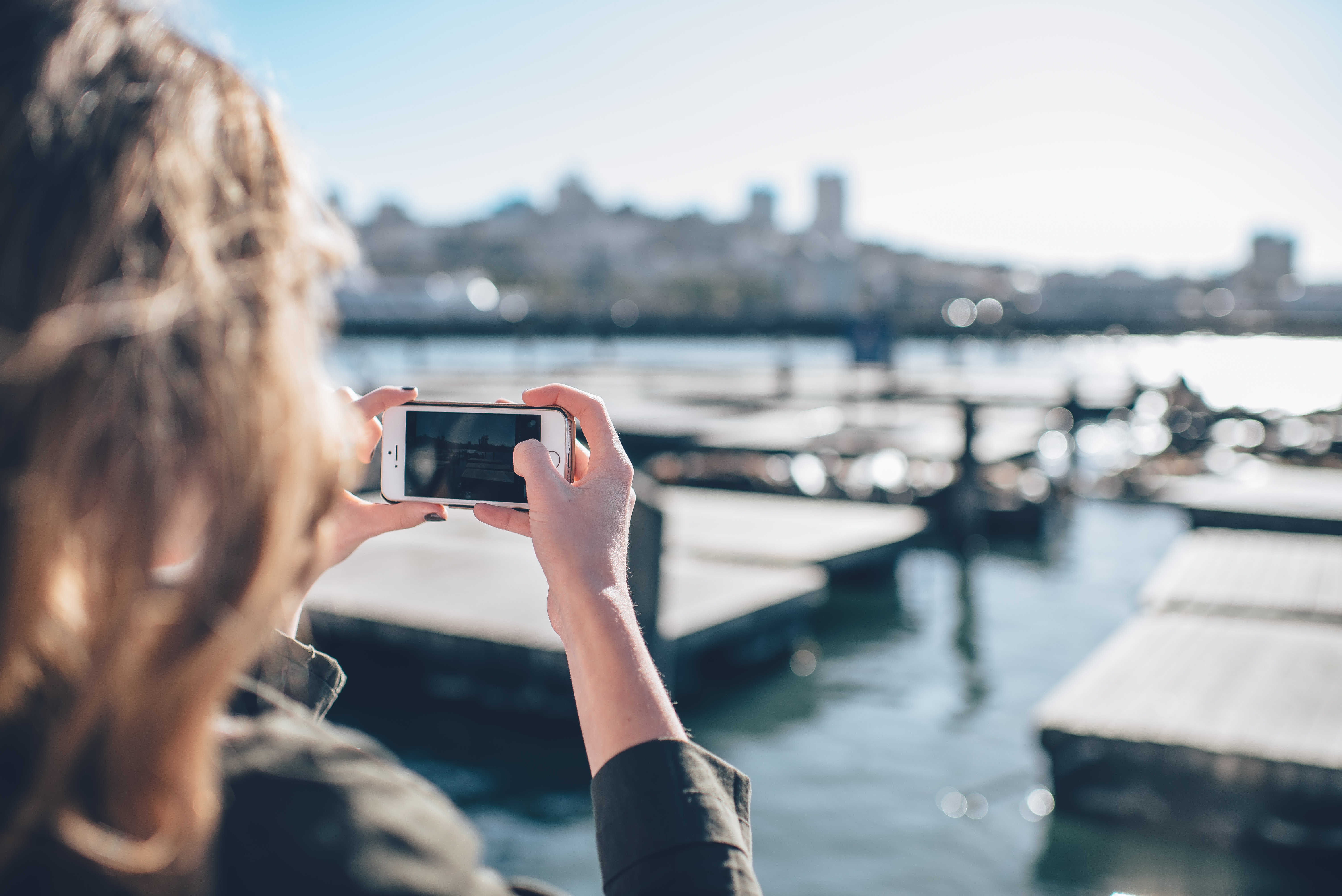If you have your own online business or blogging platform, photos are a great way to market your services and add some visual aesthetic into your site. It’s important to make these images individual to you: people are much more likely to remember your name or brand if they have a certain image relating to your website stuck in their mind.
However, it is incredibly easy for strangers to steal photos that you upload. This type of thievery doesn’t involve a masked fiend with a bag ready to swipe up your images – anyone can do it from anywhere in the world, safely hidden behind a computer screen.
Protecting your photos prevents other people from taking your photo credit: if you’ve invested time or money into the perfect image for your website, then you don’t want anyone else taking advantage of all your hard work. In the online world, individuality is key, and protecting your photos ensures your pictures remain unique to you.
Make it difficult to steal your photos
Unfortunately, it is incredibly easy to steal photos: Stolen image finder Copytrack has reported that over 2.5 billion online images are taken illegally every day. However, if you make life more difficult for a stranger trying to steal your photos, you could deter them and prompt them to look for another image somewhere else.
One of the ways that you can do this is by disabling the ‘right-click’ option when building your website. Although the image can still be screenshotted, this reduces the overall resolution of the image, leaving the photo thief with a low quality photo. This means it is a lot harder for people to recycle your images for their own commercial use: no one is going to want to buy a product with a low quality image on it.
Add a copyright notice
Considering you legally own any image that you’ve created, it isn’t mandatory for you to give a copyright notice to protect your images. Nevertheless, posting a copyright notice might act as a deterrent, especially if the person stealing the photo doesn’t realise they are actually doing anything wrong. Reminding people that you are the owner of the image might just be the thing that prompts someone to reconsider screenshotting your image for their own use.
Adding a copyright notice is pretty easy: WordPress have suggested posting the following into the sidebar so that it is visible at all times.
“© [Full Name] and [Blog Name], [Current Year or Year Range]. Unauthorized use and/or duplication of this material without express and written permission from this blog’s author and/or owner is strictly prohibited. Excerpts and links may be used, provided that full and clear credit is given to [Your Name] and [Your Blog Name] with appropriate and specific direction to the original content.”
The trick is to ensure that this warning is big enough to see, but also not so in your face that it might distract visitors to your site, putting them off viewing what content you have to offer.
Watermark your images
Watermarking – which is where you print your details onto the image – is probably the safest bet when it comes to protecting your photos. Depending on where you position the watermark, you can keep your image protected even from crafty editors. Be aware that if you decide to insert your name in the bottom of the picture then it could be easily cropped out.
However, if you put a semi-transparent watermark all over your image then your photo is less likely to be stolen by a stranger: even if the pic is pinched, you still receive the credit that you deserve. And, whilst it might detract from the beauty of the original image, you are giving people the information that they need to discover its original form.
If you opt to use stock images then you don’t have to worry about copyrighting your photos: these ready to go aesthetic pictures are great to use if you don’t have the time to source your own photos, but want to make your site as visually appealing as possible. As they are created by someone else who then allows third parties to use them, you aren’t the owner of the image, and therefore don’t have to worry about someone else stealing your images.
Where to upload your photos
If you want to upload your own photos then it is important to have a smooth-running, easy to use website to post them onto. Go Sitebuilder is one of the best site builders in the UK, delivering ready to go websites at your fingertips. If you find yourself stretched for time, we offer a huge range of free stock images, allowing you to create the perfect website for you in a few clicks.
Our 14-day free trial means you can discover just how easy it is to build your dream site, completely free of charge!

